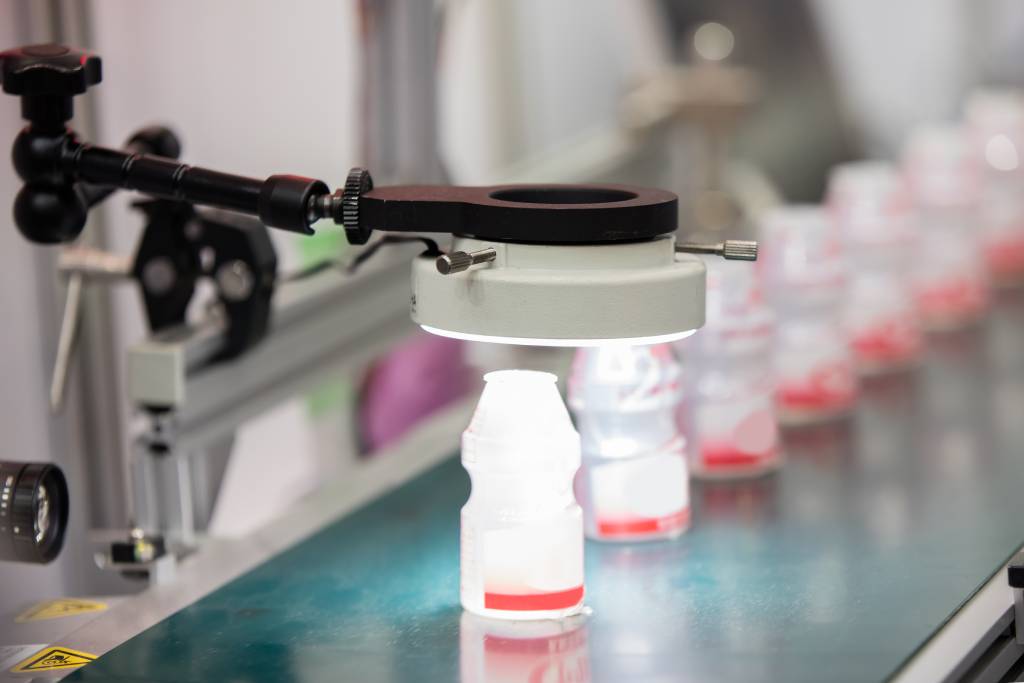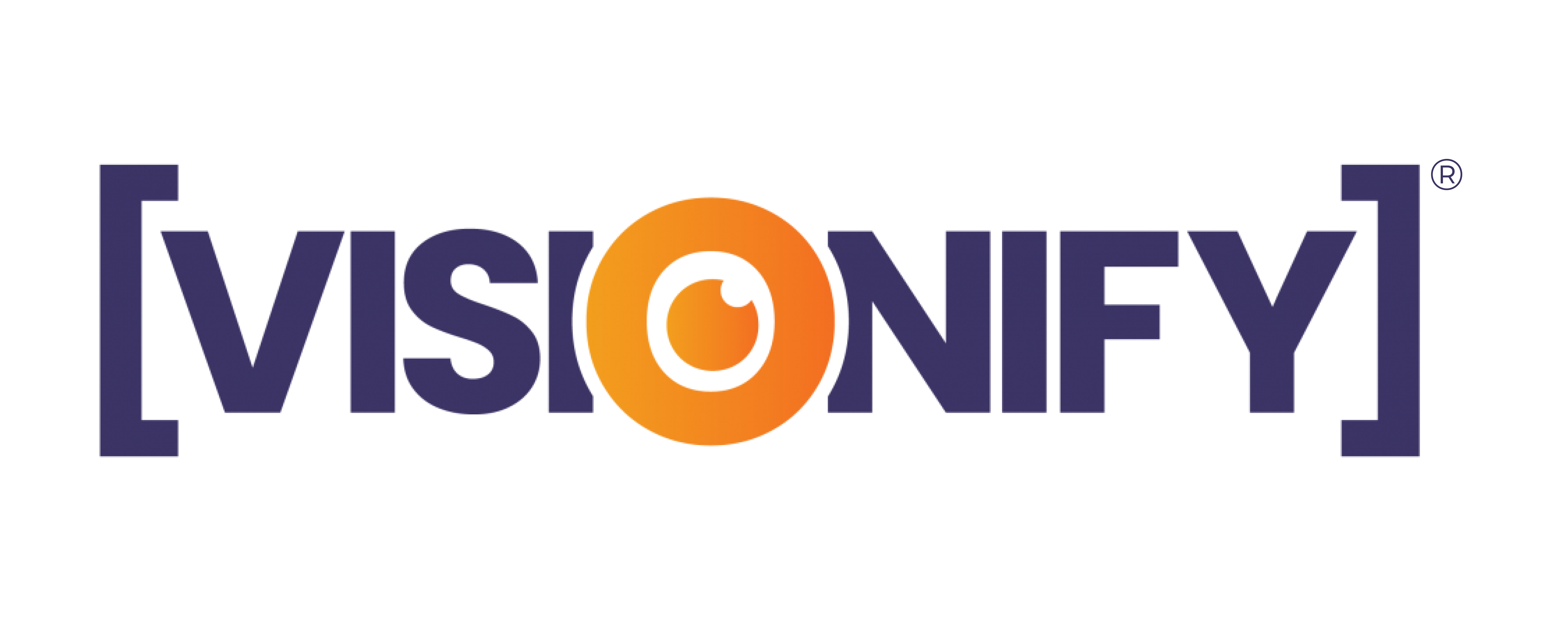Machine vision has applications not directly related to the production environment or warehousing. One such application is package identification and optimization. Package identification is the process of identifying a particular box or pallet using image recognition and unique tags placed on it. It speeds up the packaging process and removes possibilities of human errors. In addition, machine vision can optimize the wrapping of packages. Optimal means that there is no wasted space and that the package is tightly wrapped, leaving no room for damage during shipment. This blog post will explain Machine vision to optimize package wrapping.
Brand Essence Research says Machine Vision Market is valued at USD 10.79 Billion in 2020 and is expected to reach USD 16.55 Billion by 2027.
Machine Vision Applications in Package Wrapping
Vision Sensor Technology in Packaging
A vision sensor is a device that can see, detect and recognize an object. It is implemented in the packaging industry to detect caps and safety seals products. Vision sensors come in different types and designs. The sensors can be linear (1D), area (2D), or even volumetric (3D). They need to scan the whole product to detect improper packaging standards. Vision sensor technology offers new potentials in the field of packaging.
For example, they can assess whether a labelled product is authentic, detect when product labels are in the wrong position on a product, and determine whether the data or code has been printed incorrectly on the label – all in real-time.
Vision sensors use advanced machine vision algorithms to analyse packages and compare them to standard images stored in the memory of the vision sensor.

Vision sensor technology has held a significant place in packaging and machinery as an automated vision inspection system for several years. However, experts suggest incorporating three different technologies for an automated vision inspection system to bring higher precision and stability to the system.
One of the technologies integrated within the vision inspection system is light-emitting diodes (LEDs). By integrating LEDs with existing machine vision cameras, manufacturers can easily upgrade their packaging machines to brand-new state-of-the-art levels.
Working Procedure
We should understand the principle of vision sensors. A primary vision sensor consists of a light source, an image capture device, and a processor. The process of inspecting the product is to put it in the dark box and a unique label. When the light source shines on the box, it reflects the packaging product, and this reflected light will pass through the unique label. The image capture device captures this process to generate an image. The quality inspection will depend on image processing technology.
3D Product and Packaging Inspection
3D food and beverage inspection systems evaluate the quality of food and drink products. A 3D product inspection system computes the volume of liquid or solid products to identify defects in products’ surface, material, and internal features. This system enables higher yields in packaging lines that check bottles, cans, and boxes for damage and verify the correct fill levels in liquid products.
3D inspection systems allow you to confirm the sizes and volumes of your products, verify products by weight, and placement of objects on packaging labels, ensuring your product presentation is consistent during all stages. Blob tools offer fast, efficient, high-resolution object detection in true 3D. In addition, the 3D profile feature allows a complete view of the length and width of any product or packaging label.
Instead of mechanically scanning a whole product, picking up pieces, and re-scanning them, the vision software takes advantage of the smart camera’s ability to set up the plane of the floor or conveyor and the ability to measure all other objects from that reference.
The laser projector on the inspection stand shines a spot on a piece of flat surface on the product under test. A video camera picks up that projected spot focuses it onto its digital imager, and sends it to the computer. For every object measured by relative z-depth, a 3D model of each surface is made onscreen.
The benefit is that the camera can detect the product image when covered by 50% debris.
Packaging Classification with Deep learning
Packaging classification is a task that involves the classification of an assortment of products based on their packaging. It has been found that analysing the differences in packaging for a product generally indicates what class a product belongs to. The system uses deep learning models to identify such classes and make predictions.
By using deep learning, the system can recognize categories at different orientations, distances, sizes, and in a wide variety of poses. In other words, the technique is context-aware, meaning the system can more efficiently recognize images with any distortions applied to them. An essential process in classifying manufactured items is identifying and rejecting unacceptable products that may be damaged or defective. This report details the application of a deep learning method to a novel approach for detecting anomalies in product packaging.
Here, Deep learning is applied to a data set containing images of packages with varying conditions and results in a computer program trained to distinguish between acceptable and unacceptable packages.
Packaging Assembly Verification with deep learning
It is the process of identifying the characteristics that distinguish each item in a box of mixed products and locating each product by identifying the factors that determine each from the others. Packages arrive in a mixed-up state on pallets, and our job is to find them all and separate them as per their product category group.
It’s a complex problem because some packages have identical codes and look just like one another but are different and sorted. However, we have a novel system to accomplish packaging verification that uses Deep Learning to solve this problem with high accuracy and high throughput.
Systems trained via deep learning can accurately classify and count defects on the packaging. But, first, verify that the package has been assembled correctly, whether by quadrant or line-by-line.
Conclusion
As far as packaging lines go, the machines involved in ensuring that the package is sealed correctly and doesn’t fall apart during transit determine how successful your line will be. If you can get the machine vision to work properly, you’re probably more productive than most other companies.
Visionify helps manufacturers use machine vision solutions to automate important quality inspection tasks, improve product yield and throughput, optimize packaging and shipping processes, reduce the cost of quality and build valuable brand signatures and applications. Call us to schedule a demo.

